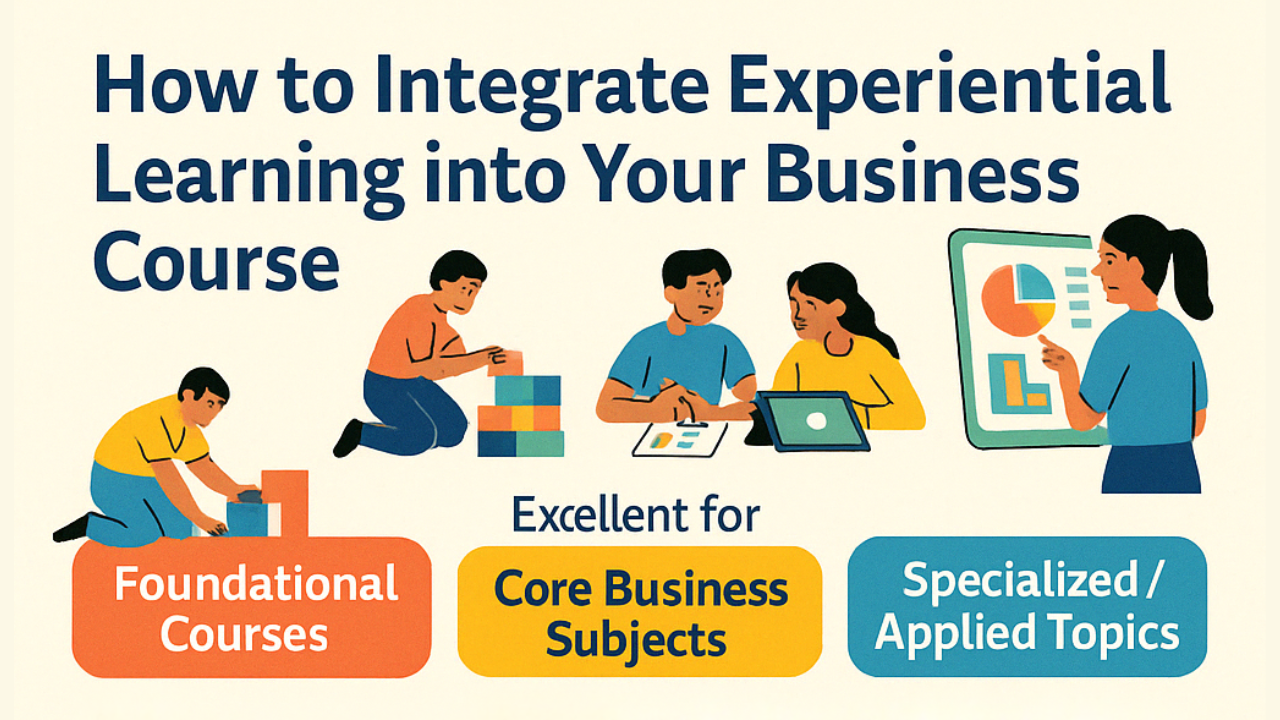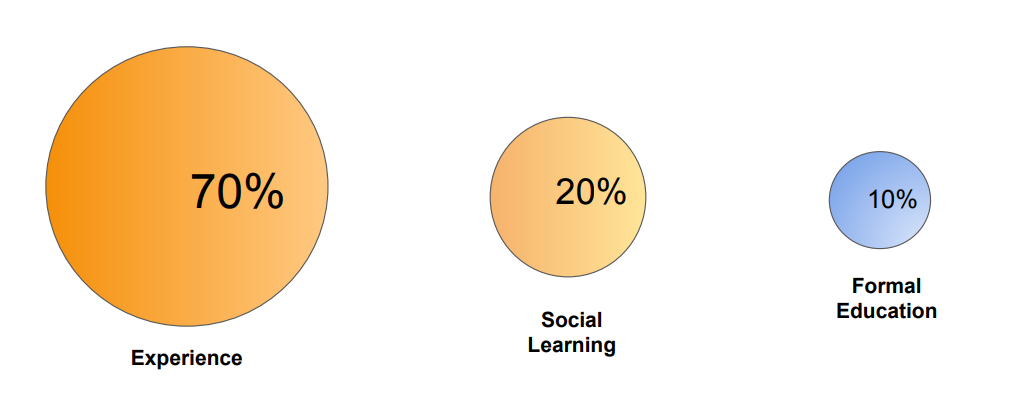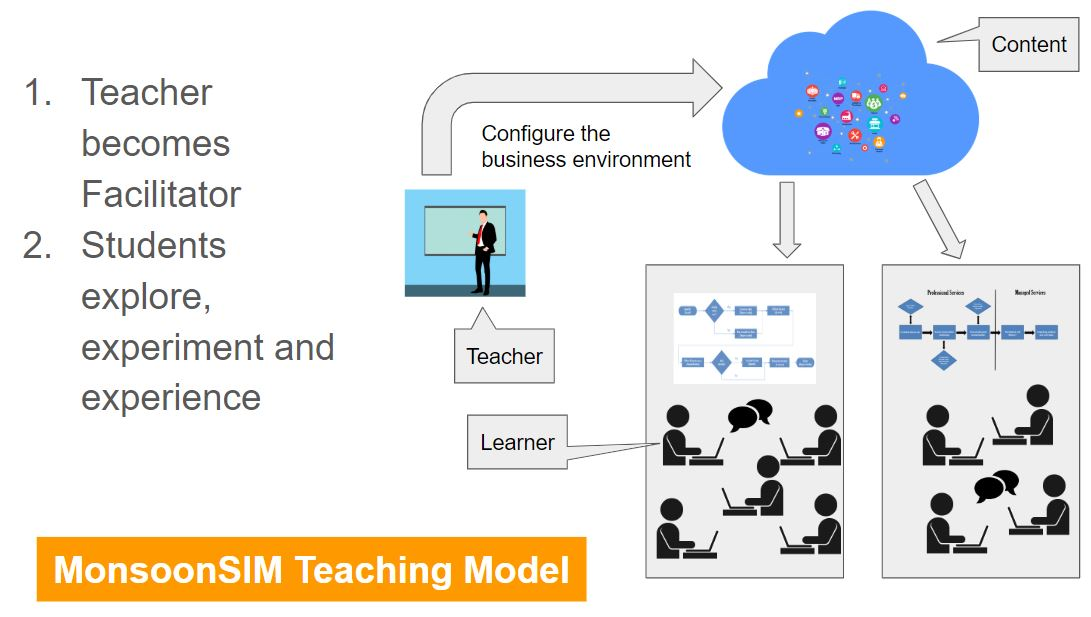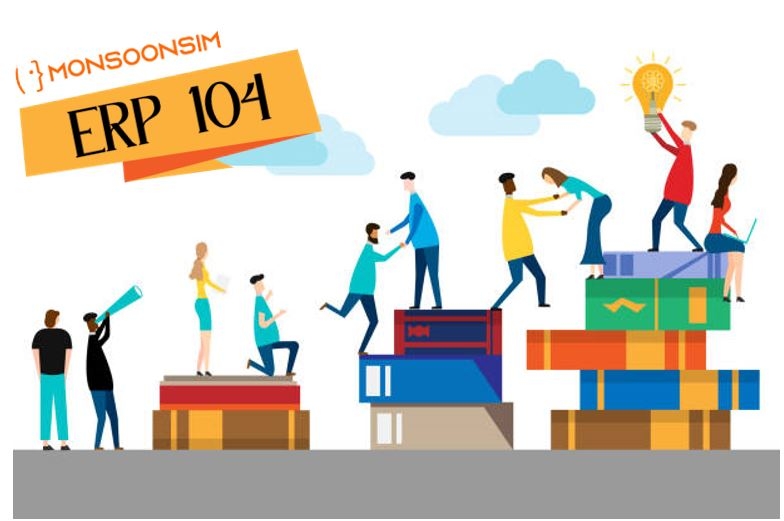
“A business has to be involving, it has to be fun, and it has to exercise your creative instincts.” – Richard Branson.
MonsoonSIM, as a cloud-based ERP simulation and experiential learning software platform, wraps up business concepts and theories spanning over thirteen interconnected business departments comprehensively into one convenient platform.
To learn more about MonsoonSIM watch this video.
About Enterprise Resource Planning (ERP) for Beginners.
ERP 104 is one of the 14-part Micro-course in the Introduction to Enterprise Resource Planning (ERP) to Business Students course series. Check out this page for an overview of the 14-part ERP Micro-Course series
Deep Dive into Retail Business 4 with MonsoonSIM
In ERP 104 (Retail Business 4), the business departments involved include Finance, Procurement, Retail Sales and with the addition of logistics/warehouse. Essentially, in this module, learners will be able to learn more about process flow, understanding the importance of the right location for business operations, consider stock move and logistics cost, as well as stock allocation for move order. Additionally, this gives students an experiential learning opportunity and deeper insights into procurement strategies, the concept of auto-stock replenishment and the influence of warehouses on product average cost. Furthermore, the financial rewards and risks of having warehouses will also be covered, enabling learners to sharpen their critical thinking and comprehensive knowledge when it comes to making business decisions.
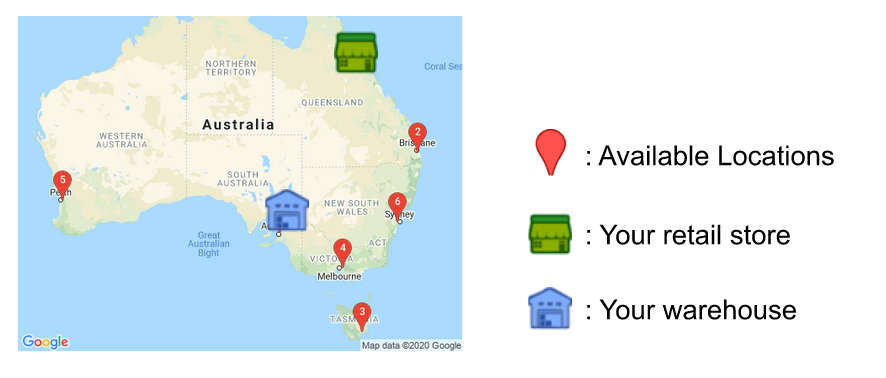
In this module, the main learning goals
1. Explore the process flow in procurement
2. Finding the right location for business operations
3. Consider stock move and logistic costs
4. Understand stock allocation for move orders
5. Gain further insights into procurement strategies
6. Realize the concept of auto-stock replenishment
7. Study the impact of warehouse on product average cost
8. Understand the financial rewards and risks of having warehouses
Challenges of added Logistics/Warehouse Module
MonsoonSIM's ERP 104 module stands at the forefront of integrating theoretical business concepts with real-life applications. By simulating a dynamic business environment, it compels learners to engage in strategic decision-making and operational planning, particularly focusing on the complexities of managing warehouses and logistics in the retail sector.
Strategic Decision-Making Areas:
- Warehouse Location Selection: The choice of warehouse location is pivotal, impacting everything from logistics costs to delivery times. Learners analyze geographical advantages, proximity to key markets, and the balance between urban accessibility and the cost of real estate.
- Space Requirements and Lease Terms: Determining the right amount of space requires understanding product volume and turnover rates. Learners must assess short-term and long-term needs to negotiate lease terms that provide flexibility and stability without overcommitting resources.
- Auto-Replenishment Scheduling: Inventory management is optimized through auto-replenishment systems. Learners set parameters based on sales data and forecasting to ensure stock levels meet demand without leading to excess inventory.
- Evaluating Warehouse Rent Costs: The financial aspect of warehouse operations is scrutinized, with learners comparing rent costs against the benefits of location and facilities. This analysis includes understanding how warehouse costs fit into the broader financial picture of the retail operation.
- Investment Decisions: Deciding between investing in warehouses or retail outlets involves weighing the immediate benefits of direct sales against the long-term value of distribution efficiency. Learners explore scenarios to understand the impact of these decisions on overall business strategy.
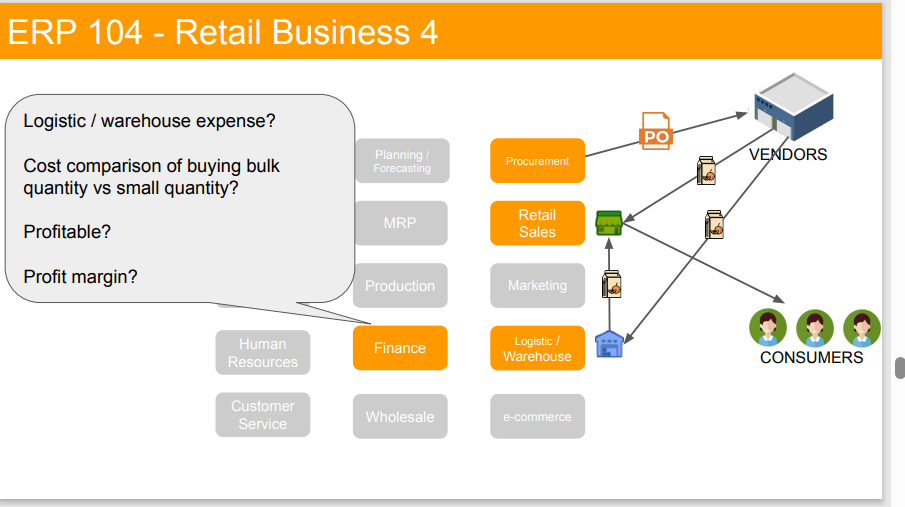
Strategies for Effective Warehouse and Logistics Management
Analyze Historical Sales Data: Use past sales trends to forecast future demand and adjust inventory levels accordingly.
Negotiate Flexible Lease Agreements: Seek terms that allow for scalability and adjustments based on business growth or contraction.
Implement Technology for Efficiency: Utilize ERP systems for auto-replenishment to maintain optimal stock levels.
Regularly Review Cost-Benefit Analysis: Continuously assess the financial implications of warehouse investments and rent costs to ensure they align with the company's strategic goals.
Decision Area: Key Decision Areas in Warehouse and Logistics Management
| Decision Area | Considerations | Impact on Business |
| Warehouse Location | - Geographical advantages - Proximity to markets | - Logistics costs - Delivery efficiency |
| Space and Lease Terms | - Product volume - Turnover rates | - Cost efficiency - Operational flexibility |
| Auto-Replenishment | - Sales data - Forecasting | - Inventory levels - Reduction in stockouts |
| Warehouse Rent Costs | - Location - Facilities | - Financial planning - Budget allocation |
| Investment Decisions | - Direct sales benefits - Distribution efficiency | - Short-term gains vs. long-term strategy |
Watch Logistics Module in Action




